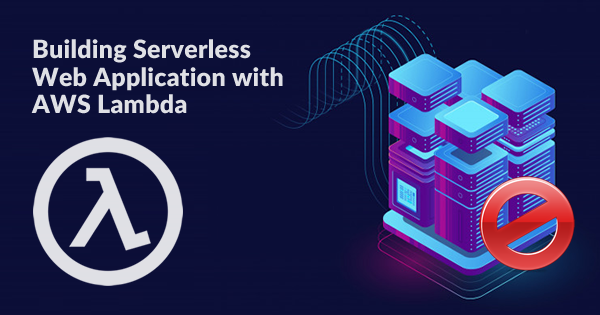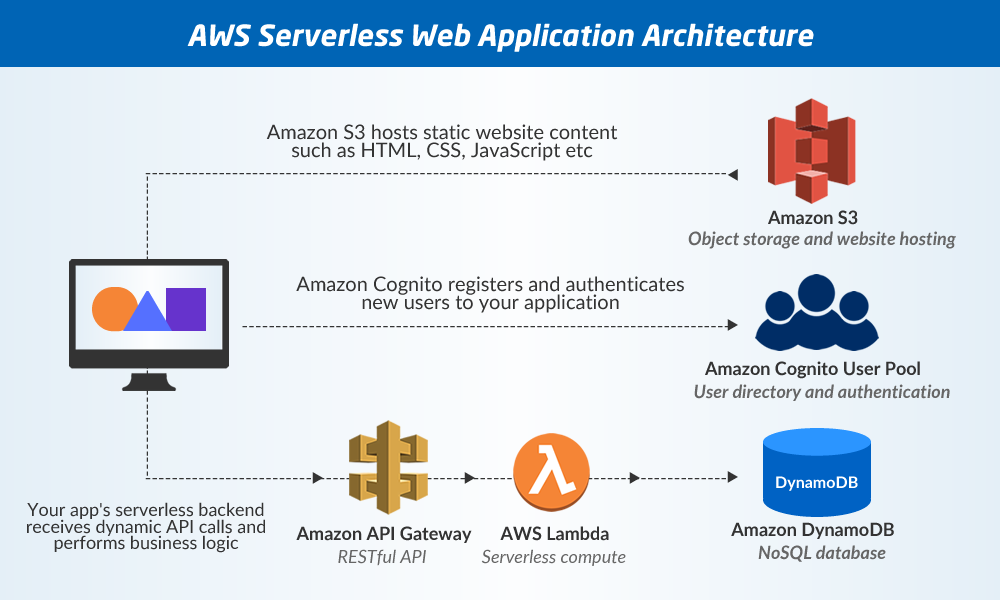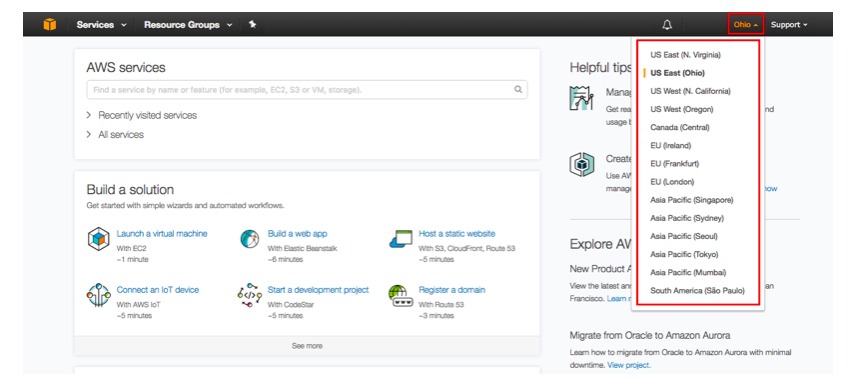One of the most talked-about terms in the IT world in recent times is serverless computing. Almost every enterprise is curious about the advantages that they can gain from a serverless web application. Serverless computing, as the name implies, takes away the need for depending on servers.
You can develop and run applications and services without any concern for servers. So, does it mean that servers are out of the equation now? Definitely not! Your applications would still run on servers. However, with the help of the AWS serverless application, you don’t have to worry about server management. Amazon Web Services (AWS) and its Serverless Platform offer promising opportunities for building and deploying applications on cost-effective services.
As a result, you can focus more on the application code, thereby leading to substantial improvement in the functionality of your applications. With a serverless web app, you don’t have to worry about availability or scaling and the need for provisioning, configuration, and management of servers.
The following discussion would help you discover the step by step approach to build a serverless web application with AWS Lambda. You can notice that each step in the creation of serverless web applications shows the significance of different AWS services. The discussion also presents an overview of the AWS web application architecture to understand the coordinated use of different AWS services in serverless web applications.
Check Now: AWS Certification Training Courses
AWS Serverless Web Applications Architecture
As mentioned above, we can find more about the development of serverless web applications by reflecting on the AWS serverless application architecture. Basically, you can build a serverless web application by leveraging different AWS services together. All you have to do is ensure their viable configuration together followed by uploading the application code to AWS Lambda.
As a matter of fact, AWS Lambda itself is a serverless compute service. Here is an image highlighting the example of serverless application architecture on AWS. You can notice the functions of different AWS services perform in the serverless architecture.
Read here the complete guide to Serverless Architecture: https://www.whizlabs.com/blog/serverless-architecture/
Steps for Development of Serverless Web Applications
In order to understand the above-mentioned image in detail, we need to dive into depths of this AWS serverless tutorial. The best approach for understanding each step of building an AWS serverless web application is to find out the processes in each step. Here is an outline of the different steps for developing a serverless application using AWS services.
Step 1: Hosting a Static Website
The first step in building an AWS serverless web app is the configuration of Amazon S3 (Simple Storage Service). You have to configure Amazon S3 for hosting the static resources for a concerned web application. All the static web content for your application would include HTML, JavaScript, images, and CSS files.
End users could access the web application through public website URL dictated by Amazon S3. As a result, you don’t have to worry about running any web servers or adopt other services for ensuring availability. Here are the important steps that you should follow to host a static website.
- Choose an appropriate AWS Region.
- Creation of an S3 Bucket.
- Uploading content to the S3 Bucket.
- Addition of a bucket policy for enabling public reads.
- Enabling website hosting.
- Validating the implementation.
Step 2: User Management
The second step in building a serverless web application is the management of users. This step involves the creation of an Amazon Cognito user pool for the management of user accounts. Then, developers have to deploy the pages that allow customers to register as a new user on the website. They should also deploy pages for verifying the email addresses of new customers and signing into the site. The important steps in this stage of building a serverless application on AWS are as follows,
- Creating an Amazon Cognito User Pool.
- Addition of an application to the User Pool.
- Updating the config.js file in the website bucket.
- Testing the implementation for validity.
Planning to build a career as a serverless architect? Read our previous blog on the Things Serverless Architecture Should Know. that will help you meet your career goals.
Step 3: Create a Serverless Service Backend
Developers could turn to the use of AWS Lambda and Amazon DynamoDB in this stage for developing backend processes to manage requests for a concerned web application. The browser application deployed in the first stage helps users in requesting the transfer of services from one location to another. Therefore, JavaScript in the browser will have to invoke a service that is running presently on the cloud. The important steps for implementing this stage in the development of a serverless web application are as follows.
- Creation of an Amazon DynamoDB Table.
- Creating of an IAM Role for the Lambda function.
- Creation of Lambda function for the management of requests.
- Testing the implementation.
Step 4: Deployment of Restful APIs
One of the important requirements to build a serverless web application with AWS Lambda is visible in RESTful APIs. In this stage, developers have to use Amazon API Gateway for exposing the Lambda function developed in the previous stage as a RESTful API. The accessibility of the API through public internet and security with Amazon Cognito user pool also marks prominent highlights in this stage.
Adopting this configuration would help in the transformation of a strategically hosted website into a dynamic web application. You have to ensure the addition of client-side JavaScript for making AJAX calls to exposed APIs. The important steps in this stage of developing a serverless web application are as follows.
- Creation of a new REST API
- Creating a Cognito User Pools Authorizer
- Creation of new resources and methods
- Deployment of API
- Updating the Website Config
- Validating the implementation
Get Ready to Develop Your First Serverless Application
Now, you can go ahead and build your own serverless web application by leveraging AWS services. However, you should also know the steps for the termination of resources when you don’t have to use a web application. Basically, you have to learn about the termination of all AWS services you used for creating the serverless application.
One thing is clearly evident from the above-mentioned discussion that proper utilization of AWS services is the key to develop a prolific serverless application. So, if you want to clear off your doubts before starting a project for the development of serverless applications, then you should refer to official AWS documentation.
As a matter of fact, you can also access a tutorial guide for building serverless web applications on the AWS website. Start early for achieving perfection faster. We’re offering AWS Lambda and API Gateway online training course, join us and get ahead to become an AWS expert.
- Top 20 Questions To Prepare For Certified Kubernetes Administrator Exam - August 16, 2024
- 10 AWS Services to Master for the AWS Developer Associate Exam - August 14, 2024
- Exam Tips for AWS Machine Learning Specialty Certification - August 7, 2024
- Best 15+ AWS Developer Associate hands-on labs in 2024 - July 24, 2024
- Containers vs Virtual Machines: Differences You Should Know - June 24, 2024
- Databricks Launched World’s Most Capable Large Language Model (LLM) - April 26, 2024
- What are the storage options available in Microsoft Azure? - March 14, 2024
- User’s Guide to Getting Started with Google Kubernetes Engine - March 1, 2024




